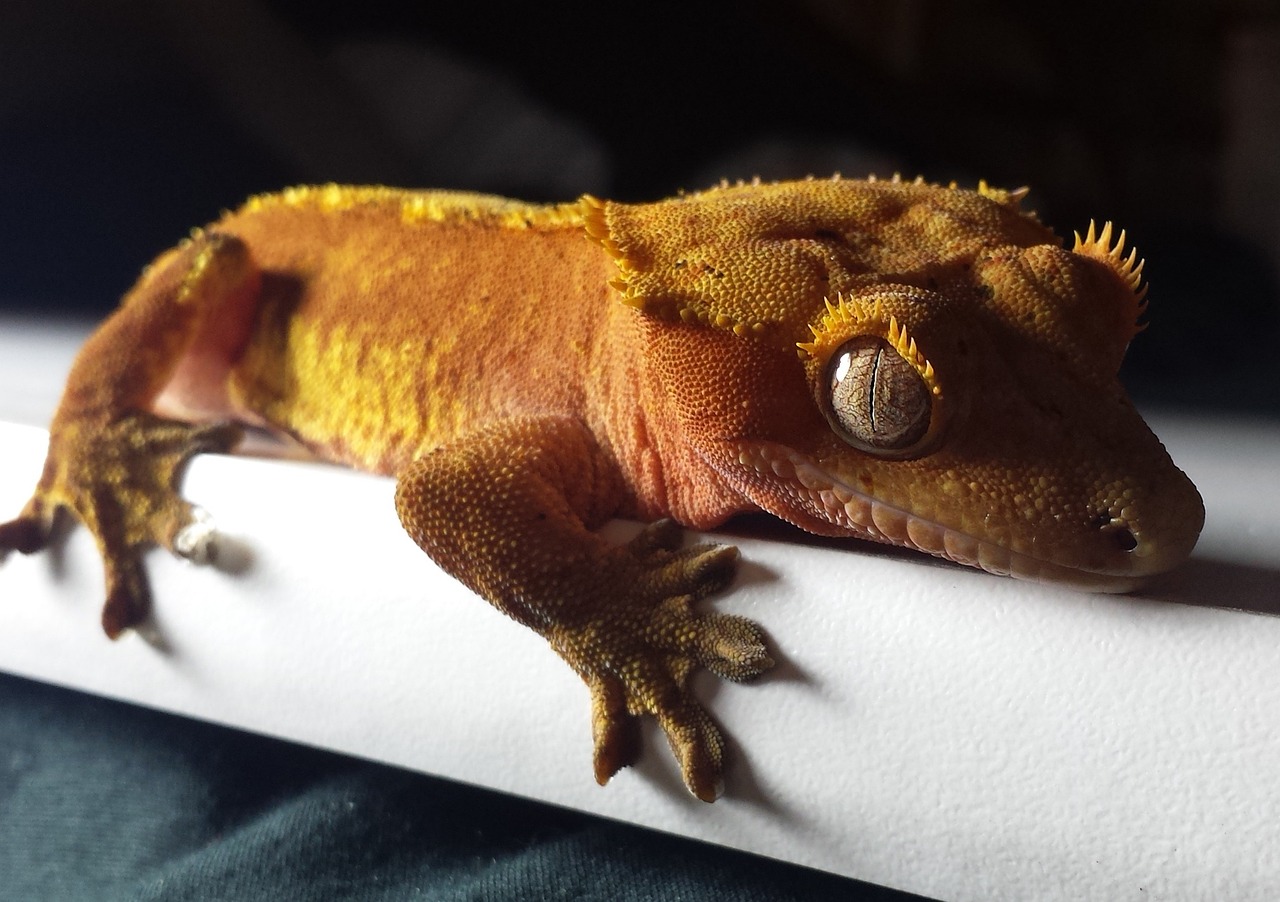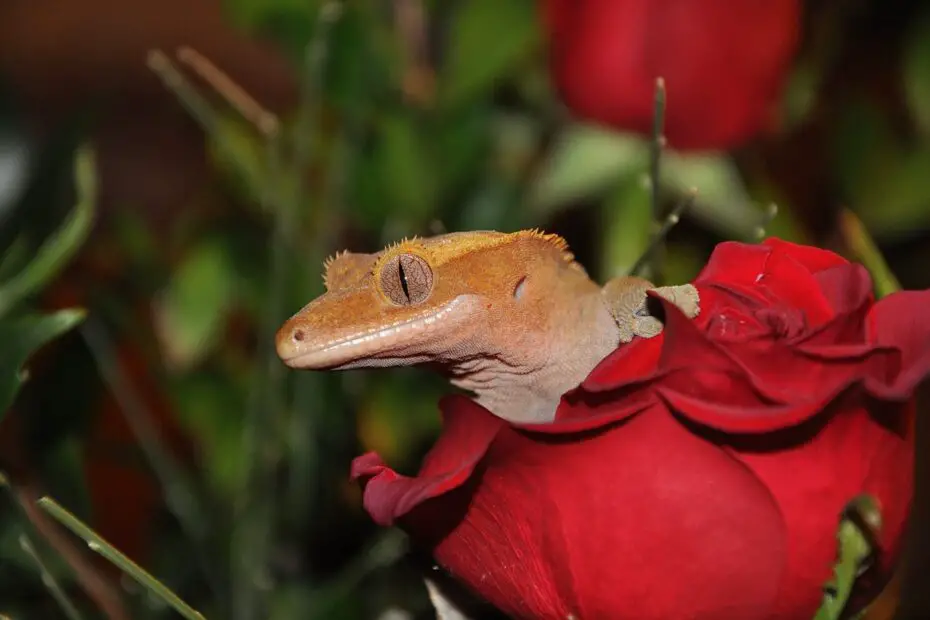Crested geckos, scientifically known as Correlophus ciliatus, are fascinating reptiles that have gained popularity as pets in recent years. Their unique appearance and docile nature make them a favorite among reptile enthusiasts. However, one intriguing behavior of the crested gecko that often perplexes owners is tail dropping.
Why Do Crested Geckos Drop Their Tails? In this article, we will explore the reasons behind this phenomenon and shed light on the intriguing behavior of these delightful creatures.
You may also want to know if crest geckos smell.
Understanding Crested Geckos
Before we delve into the world of tail dropping, let’s first get to know our scaly companions better. Crested geckos are native to New Caledonia, an island in the southwestern Pacific Ocean. They are nocturnal, arboreal creatures, meaning they are most active during the night and prefer to live in trees or elevated areas. Their soft, bumpy skin and unique crests above their eyes and along their back make them easily distinguishable.
The Function of the Tail
The tail of a crested gecko serves several essential functions. Firstly, it aids in balancing while climbing, helping them navigate gracefully through their arboreal habitat. Secondly, their tails play a crucial role in communication. Geckos use their tails to convey information to other geckos, whether it’s signaling a mating interest, displaying aggression, or expressing distress.
Why Do Crested Geckos Drop Their Tails? The Phenomenon Explained
Why Do Crested Geckos Drop Their Tails? Tail dropping, scientifically known as autotomy, is a defense mechanism exhibited by various reptiles, including crested geckos. When threatened by predators or stressed, a crested gecko may intentionally shed its tail as a survival tactic. By sacrificing their tail, they distract the predator, giving themselves a chance to escape and survive.

Reasons Why Crested Geckos Drop Their Tails
Tail dropping is primarily triggered by perceived threats in their environment. In the wild, crested geckos face numerous predators, such as birds, snakes, and other reptiles. To ensure their survival, they have evolved this remarkable ability. Additionally, stress caused by factors like inadequate enclosure, rough handling, or sudden environmental changes can also lead to tail dropping.
Observing Tail Regeneration
Tail regeneration in crested geckos is another astonishing aspect of their biology. After losing their tail, the gecko’s body initiates a complex process of regrowth. Over time, a new tail develops, although it might not be identical to the original in appearance. As pet owners, it’s essential to provide proper care during this regrowth phase to ensure the gecko’s well-being.
Handling Crested Geckos with Care
While the thought of tail dropping might make owners hesitant about handling their geckos, it’s crucial to handle them with care and gentleness. Rough handling or excessive stress can trigger tail dropping, leading to unnecessary distress for the gecko. Also make sure to give them the right food.
Tail Loss Prevention Tips
To prevent tail dropping, it’s essential to create a suitable environment for your crested gecko. Providing adequate hiding spots, maintaining proper humidity and temperature levels, and minimizing exposure to potential predators are essential steps. Additionally, handling should be kept to a minimum, especially during times of stress or after introducing the gecko to a new environment.
Similar Behaviors in Other Geckos
Crested geckos are not the only gecko species that exhibit tail dropping. Other geckos, such as leopard geckos and African fat-tailed geckos, also employ this defense mechanism. However, the reasons and frequency of tail dropping may differ among species, making it an interesting subject for further comparative study.
FAQs About Crested Geckos and Tail Dropping
- What is the time frame for tail regeneration? Tail regeneration in crested geckos typically takes several weeks to a few months, depending on the individual and the extent of the tail loss.
- Is tail dropping painful for the gecko? Tail dropping itself is not painful, as it is a voluntary response triggered by stress or perceived threats. However, it can cause some stress to the gecko initially.
- Can a gecko drop its tail multiple times? Crested geckos can regrow their tails once. After the initial regeneration, if the tail is lost again, it will not grow back.
- How can I prevent my gecko from dropping its tail? To prevent tail dropping, provide a stress-free environment, handle your gecko gently, and avoid exposing it to potential threats.
- Do all crested geckos drop their tails? Not all crested geckos drop their tails, as the likelihood of this behavior depends on the individual gecko’s temperament and the conditions it is kept in.
Conclusion
Why Do Crested Geckos Drop Their Tails? Crested geckos are remarkable creatures with unique behaviors, and tail dropping is one such fascinating adaptation they possess. Understanding the reasons behind this behavior allows us to provide better care for our pet geckos and ensure they lead healthy, stress-free lives. By creating a suitable environment and handling them with care, we can enjoy the companionship of these captivating reptiles without worry.
